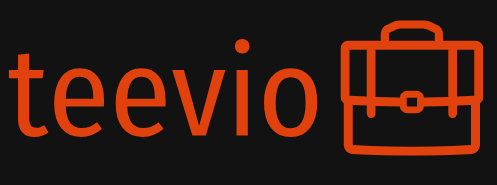Understanding QuickBooks ERP’s Pricing Structure
QuickBooks ERP pricing isn’t a simple one-size-fits-all model. It’s tailored to your specific business needs, meaning there’s no publicly listed price. Instead, Intuit, the company behind QuickBooks, works with potential clients to understand their requirements—user count, modules needed, integration needs, and desired support level—before providing a personalized quote. This customized approach ensures you only pay for the features and functionality you actually use. Getting a quote involves a conversation with a sales representative, allowing for a thorough assessment of your needs.
Factors Affecting QuickBooks ERP Cost
Several key factors influence the final price of QuickBooks ERP. The number of users who need access to the system is a major determinant. More users naturally translate to a higher cost. The specific modules you select also play a significant role. QuickBooks ERP offers a wide range of modules covering various aspects of business management, such as finance, manufacturing, supply chain management, and project management. Choosing more modules adds to the overall expense. The level of support you require—whether it’s basic phone support or more comprehensive, tailored assistance—also impacts the cost. Finally, the implementation process itself adds a variable cost depending on the complexity of your setup and the level of customization needed.
The Importance of Implementation Costs
Beyond the software license itself, implementation costs form a substantial part of the overall investment in QuickBooks ERP. This includes the time and effort spent configuring the system to fit your specific processes and data. It involves data migration from your existing systems, user training, and ongoing support during the initial transition phase. The complexity of your business and the extent of customization required directly influence these costs. It’s vital to factor in these implementation costs when budgeting for QuickBooks ERP to avoid unexpected expenses down the line. A detailed implementation plan, provided by Intuit or a certified partner, is essential for accurate cost estimation.
Subscription Model vs. Perpetual License: Understanding the Difference
QuickBooks ERP operates on a subscription-based model, not a one-time perpetual license. This means you pay an ongoing fee for access to the software and its updates. While this recurring cost might seem less attractive upfront compared to a one-time purchase, it offers several advantages. Regular updates ensure you always have the latest features, security patches, and performance improvements. This subscription model also often includes ongoing support and maintenance, minimizing downtime and ensuring smooth operation. The lack of large upfront costs can also be a significant advantage for smaller businesses.
Exploring Additional Costs: Support and Training
While the core subscription fee covers the software’s functionality, additional costs may arise from support and training needs. Intuit offers different levels of support packages, from basic phone support to more comprehensive options that include priority access and dedicated support representatives. The cost of these support packages varies depending on the level of service chosen. Similarly, training costs can vary depending on the number of users needing training, the training method (online or in-person), and the depth of the training required. Budgeting for these additional costs ensures a smooth transition and ongoing operational efficiency.
Comparing QuickBooks ERP to Other ERP Solutions
Before committing to QuickBooks ERP, it’s wise to compare it to other Enterprise Resource Planning (ERP) solutions in the market. The pricing of competing ERP systems varies considerably depending on their features, scalability, and target market. Some systems might offer more specialized modules or cater to specific industries, while others might have a simpler, more affordable basic package. Conducting thorough research and comparing features, functionality, and pricing across different solutions is crucial for making an informed decision that best suits your business needs and budget. Consider factors beyond just the initial cost, such as long-term maintenance and support expenses.
Getting a Personalized Quote: The Best Approach
The most reliable way to understand the cost of QuickBooks ERP for your specific business is to request a personalized quote directly from Intuit or an authorized reseller. This involves discussing your business requirements, the number of users, necessary modules, and desired level of support. The sales representative will then provide a tailored quote reflecting these specific needs. This process ensures transparency and avoids any surprises later on. Don’t hesitate to ask detailed questions about pricing, implementation costs, and ongoing maintenance expenses to get a clear picture of the total cost of ownership.
Negotiating the Price: Is it Possible?
While QuickBooks ERP pricing is largely customized, there is still some room for negotiation, especially for larger businesses or those committing to long-term contracts. Clearly outlining your budgetary constraints and demonstrating the long-term value you expect from the system can strengthen your negotiating position. However, aggressive haggling might not always be successful, so a balanced approach that focuses on mutual benefit is generally more effective. Remember, focusing on the overall value proposition of QuickBooks ERP and its long-term return on investment can be a powerful argument during negotiations.


